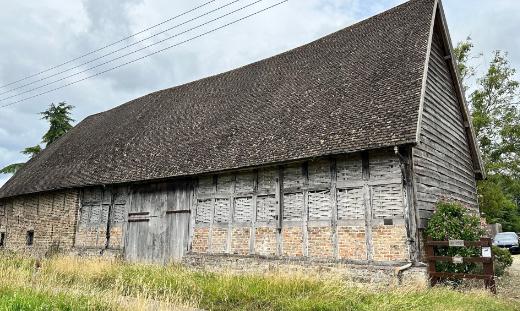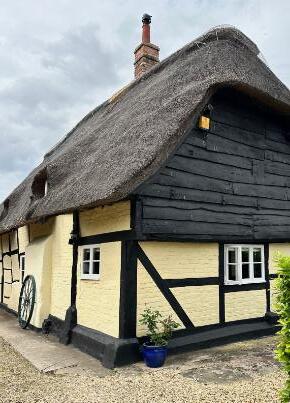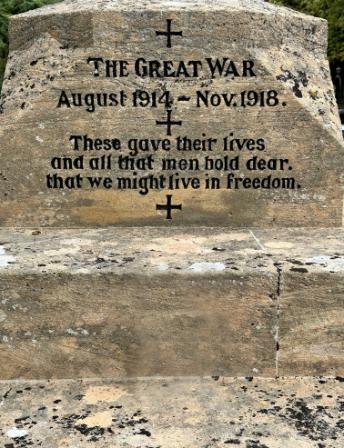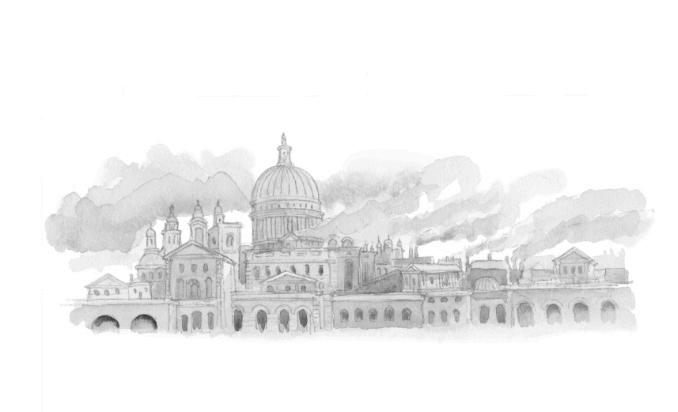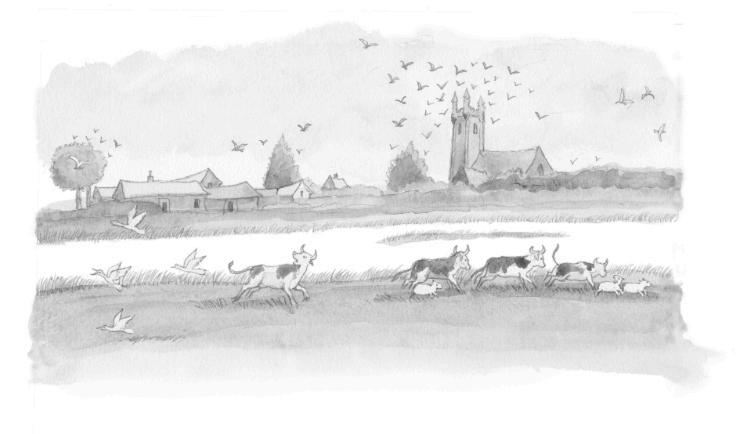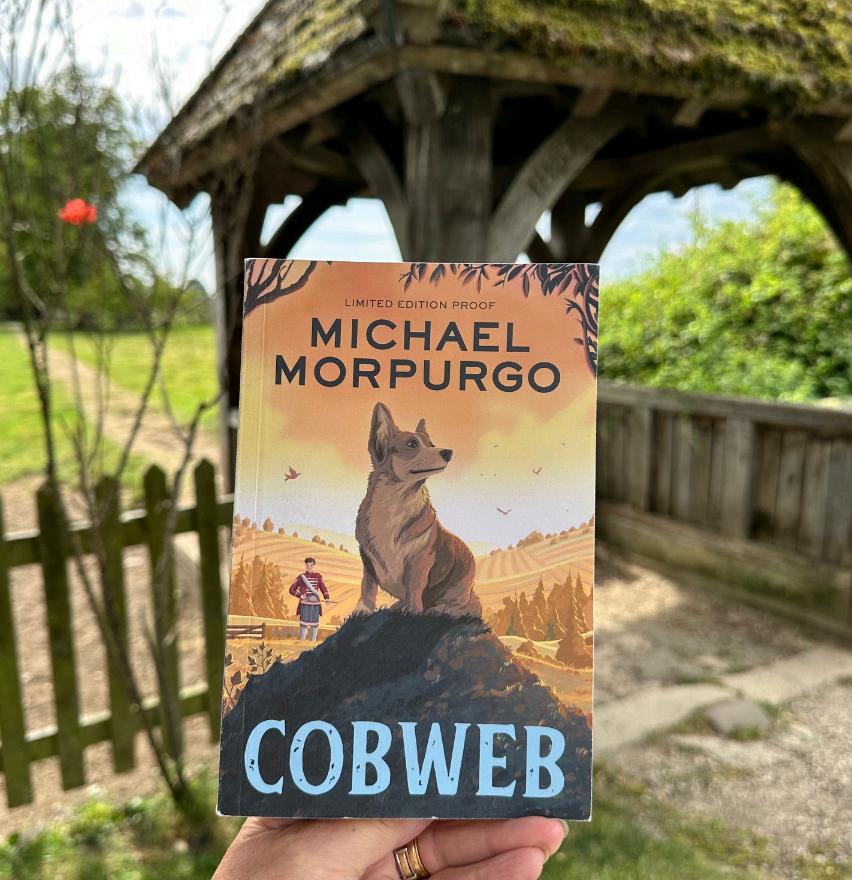











KS2 Teaching Notes for use in school and as home schooling activities.
Written by Penny Kemp @mrskempcreativeteaching
In 1815 Cobweb, a Pembrokeshire Corgi, finds himself having to suddenly adapt from a happy life as a beloved farm dog to a life as a Drover’s dog herding cattle and sheep 250 miles from Wales to London. On his return to Wales Cobweb encounters an unexpected stranger, the French Drummer Boy of Waterloo, and hears his incredible tale. The adventure story is unique, heartfelt and includes many themes and issues that affect all our lives today as they affected the lives of the people living in 1815. It is another truly magical Michael Morpurgo tale.

by Penny Kemp
Here are some ideas of the ways the story can be used as a hook into learning activities in both the classroom and home.
English
KS2WritingOpportunities
InstructionalTexts-Howtotrainadog. Using Cobweb, a Pembrokeshire Corgi and Goodlad, a Border Collie as a hook from the story, ask the children how many of them, or their close relatives, own a dog. Discover how much experience the children already have of caring for and training a dog. If possible invite a dog and it’s owner into school to demonstrate how they trained it and answer questions from the children. Even better, invite a local sheepdog trainer and their dog into school to demonstrate their dog’s skills and answer the children’s questions.
Build on first hand experience by providing the children with a selection of non- fiction texts and allow internet access to relevant sites (see some suggested links below) and ask them to research how to train a dog. Ask the children to take notes using bullet points and keywords. Ask the children to include the key features of the text type; a title statement, list of equipment or materials, sequenced, chronological steps, diagrams or illustrations, present tense, imperative verbs, detailed information and precise vocabulary. Then they can choose to create a guide on how to train a dog to work with sheep or how to train a dog to behave well as a pet.
RSPCA Dog Training
Battersea Dogs Home Training
Learn about sheep dogs International Sheep Dog Society
Tips from the Farmers Weekly on how to train a sheep dog Training Top Tips
Watch episodes of ‘One Man And His Dog’ on YouTube.

Written by Penny Kemp
InstructionalTexts-HowtosurviveonTreasureIsland. We are introduced to Treasure Island at the start of the story, tell the children that there is a real Treasure Island at the farm Michael Morpurgo bases the story on, called Ramsey Island (look up images). Ask the children to imagine that they have been abandoned, alone on the island with no means of escape. Using the key features of this text type as described previously ask them to write a guide of how to survive on the island. Consider a scenario which resulted in how they found themselves lost and abandoned on the island and how would they get the equipment needed to survive? Use the landscape, scavenge materials (eg perhaps they would make rope by plaiting sheep fleece found caught on plants or rocks). Then share ideas and role play situations before beginning writing. Don’t forget to include ways to protect themselves from predators and give instructions as to how to attract attention of possible rescuers.
ShortNewsReports – Write an article for the Frampton On Severn Village magazine as if it was published and read in 1815.
• Boney’s Finished, Peace At Last! � write an article detailing the events as the news that The Battle of Waterloo had been won. �P130 Chapter 10�
• Write adverts for artists tradespeople offering to paint your portrait, service your horse drawn cart or carriage, farrier services or thatchers to repair or replace thatched roofs.
• Write adverts for a musical night in the inn, a flower sale or for the Frampton Fayre on the Green.


Written by Penny Kemp
Writinginrole – write as if you are one of the cattle or sheep that Goodlad and Cobweb drive to London. Write a short recount of part of the journey to London, include humour, rhetorical questions eg …
Myhooveswerekillingme,he’saslave driverthatDroverMorganandthose twodogs,thatlittlefatonewithshort legs,whodoeshethinkheis?Ran alongsidemebarkingandtellingmeto hurryup,IwasgoingasfastasIcan. Curly(mybestmate,youngram)said thatshortdogbestnotcomebarkingin hisfaceorhe’llfeelthefullforceofhis foreheadwhenhebuttshim.

DiaryEntries – Analyse Auntie Megan’s character from what you learn about her reading Chapters 5 and 6. Ask the children to write diary entries in role as Megan recounting and reflecting on key events in the story from when she arrives at the farmhouse until the end of Chapter six when she has given Cobweb away to her cousin Drover Morgan.
Role play using another adult (or yourself) dressed as Auntie Megan and let the children ask you questions about the events. Eg ‘Why do you not like dogs?’ ‘Why did you marry Tad?’ ‘Are you happy living at the farm?’ ‘Where did you learn to bake and cook so well?’, etc . When answering the children's questions disrupt the impression the children will have of Megan from the text. Encourage the children to speculate what may have led her to act in such a way and develop understanding and empathy to the villain in the story. Foster your children’s critical thinking skills so that they question information they read and are able to form their own perspectives based on having an open mind.
Encourage the children to take notes based on the interview to use in their diary entries in role as Auntie Megan.
Alternatively, write a diary entry in role as the injured soldier who meets Patrick the drummer boy (pages 201�203� recounting this meeting and reflecting on their previous meeting at Hougoumont during and after the battle.
Written by Penny Kemp @mrskempcreativeteaching
PersuasiveWriting- Challenge the children to write a letter to Auntie Megan persuading her to be a better, kinder person. Convince her that Cobweb is an asset to the house and the family.
Writeaplayscript – Read chapter 13, summarise the story of the heroic French drummer boy that Robbie and Jonno, the two brothers returning from war tell to Goodlad and Cobweb. Research stories about this drummer boy who did exist and was hugely admired by British soldiers who defended Hougoumont Farm. Challenge the children to write a play script from the point where the French break through the gate …
The Frenchies had broken through the gate, led by the drummer boy, who was walking on ahead. He was drumming and shouting through the noise of the battle, all the yelling, and the musket fire, and the artillery shells, and the screams of the dying. “En avant,” he was shouting. “Vive l’empereur! Vive la France. En avant, en avant!”
(P164/165, Chapter 13)
Up to the part of the story where the drummer boy vanishes as they disembark at Tilbury. Talk about the conventions of a play script, how the setting is indicated, how stage directions are given to tell the actors how to act. Put the children into groups, each group writes their scene, prepares it and performs it to the rest of the class. Encourage the children to film their scenes on IPads as they rehearse making changes to improve their scene based on what they see.
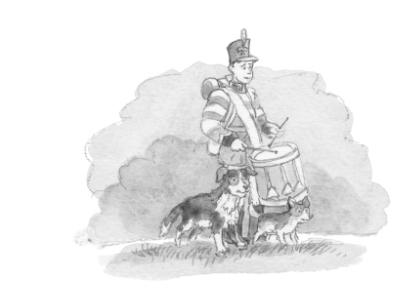
Written by Penny Kemp
Debate – Ask the children to consider Bethan’s life and compare it to their’s now.
Tad and me, we’re on our own again now. But the trouble is there aren’t enough hours in the day to get all the work done, not enough hands to do it, and stone walls are falling down.Ashed blew away in the last gale, and the roof’s falling off the house, and there's more gales to comethere always are.And Tad says we'll never have enough money to mend everything, no matter how hard we work on the farm.And he goes on and on about how he knows that there is treasure out there somewhere on Treasure Island, that there must be, and that one day he'll find it and then we'll be rich, and everything will be fine.
(Page 20, Chapter 1)
Reading the story, list the chores Bethan would have done on the farm and in the house (caring for the animals, mucking out, feeding, cleaning the house, making the meals for her and Tad, washing up etc). Write a short description of her life at the time. List the chores they have to do at home, compare their list and life to Bethan’s. Debate, should children have chores?
CreativeWriting - Treasure Island – using Tad’s belief that there is treasure buried somewhere on the island create a story about the pirates or sailors who hid it there and what fate had befallen them that meant they hadn’t returned to collect it. Design and make treasure maps marking features of the island and where the spot where the treasure is buried.

Written by Penny Kemp






